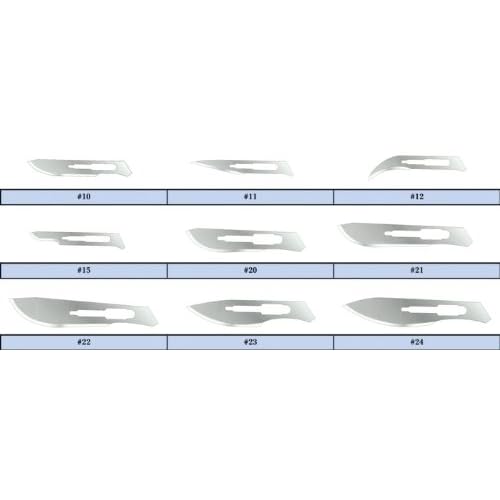As an idealist medical student, I don't like that statement. That's terrible that you have to consider using bigger knives because you want to speed through a surgery to make more money. I know it's reality, and that if done properly it doesn't endanger a patient, but still it's terrible that time is a concern due to the money involved.
You have COMPLETELY misunderstood. No where did I say I used a bigger knife to speed through a surgery, more money or not.
I was asked if I used the #22 for mastectomies. I responded that I did not, that I used the SMALLER 15 blade.
Secondly, no where did I say I chose to do use the knife to "speed through surgery to make more money". I said I used the knife on the skin and then the Metz and the Bovie on the deeper tissues - these are SLOWER than using a knife for mastectomies. There is also less bleeding which is better for the patient.
Thirdly, I mentioned the use of the Harmonic (which was, up to a few months ago, a hot item hustled by the reps for use in breast surgery) and said that I didn't use it "because time is money". This refers to the fact that:
1) the use of this equipment is more time consuming
2) more time in the OR means more expense to the patients and their insurance
3) more time under anesthesia
4) a *very* expensive tool which will be billed to the patient/their insurance
When you consider the above, the fact that the equipment is not necessarily better (ie, I have seen no real evidence that it actually reduces post-operative seroma which is what they were selling it for), and the fact that if I take more time to do a case than is necessary, then someone else has to wait for their surgery. I try to get my patients into the OR as soon as possible; the more time I take *than necessary* for each patient, the fewer cases I do per day, the longer someone has to wait.
Finally, I see nothing wrong with wanting to make more money. If that was my motive I wouldn't have chosen this specialty, nor would I be in the OR - believe it or not, I make more for an office based biopsy than I do a mastectomy.


